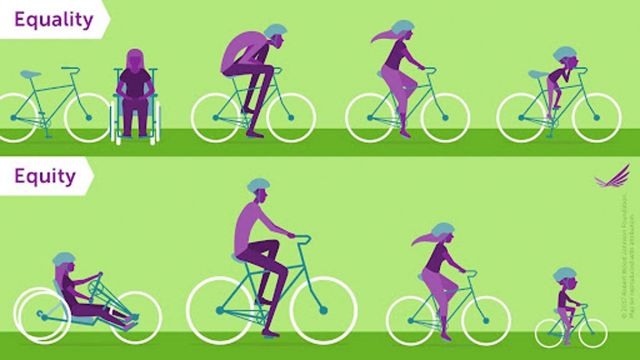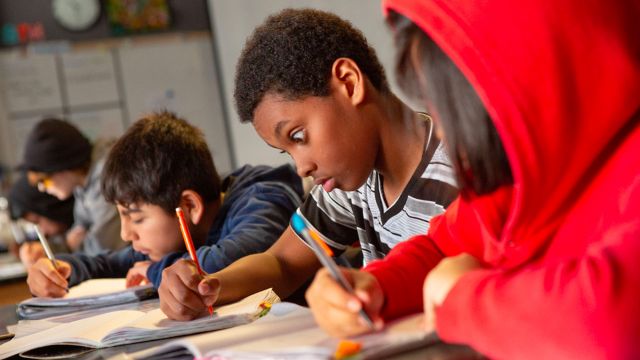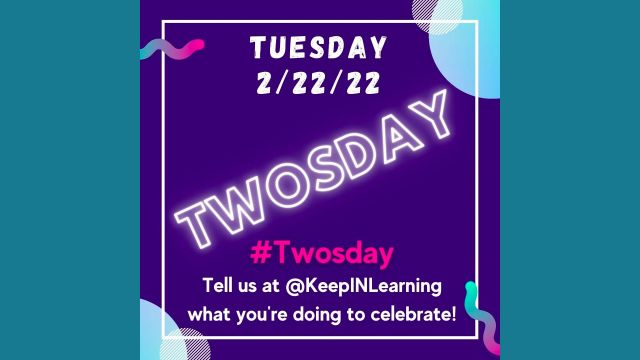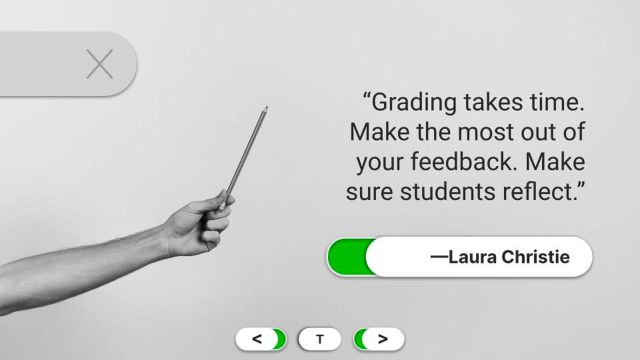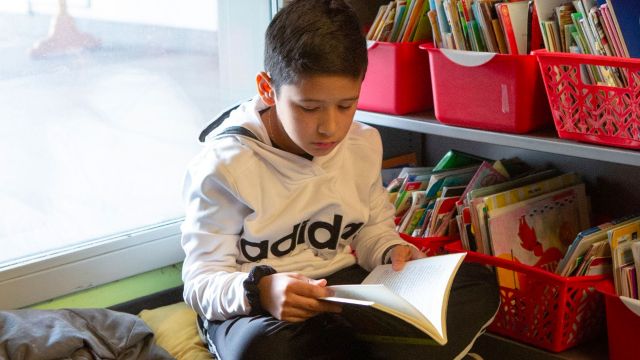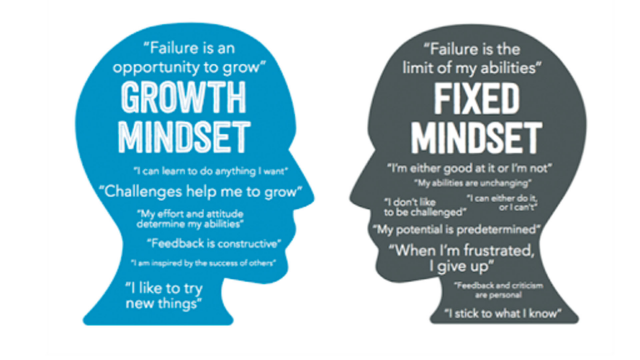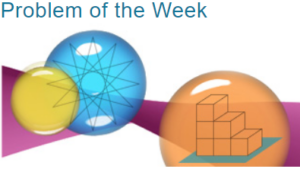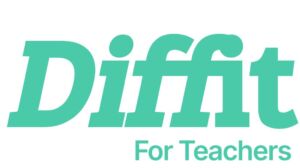
TRANSFORMING LEARNING FROM THE GROUND UP
Biases. We all have them. We need to recognize them in ourselves and unlearn the ones that are getting in the way of our students’ success.
We have much data at our disposal. Do we understand what we’re looking at? Are we asking the right questions?
Did you know 2/22/22 is on Tuesday? Let’s find some ways to celebrate!
We believe we have to always be available and “on” to be productive and successful. Is that really the case?
As a former Language Arts teacher and now STEM teacher, I am combining my skills to make my after school bookclub STEM-sational. With a little out of the book thinking, you can, too!
The Keep Indiana Learning Math and ELA Content Specialists have come together to create a comprehensive ILEARN ‘Ease of Use’ document for Indiana educators.
This will be a follow-up blog post to our Keep Indiana Chatting, “How’s it Going” conversation. Podcasts are a great way to rest and rejuvenate! This blog will share some of the most popular podcasts across multiple genres.
We know writers need feedback, but we know the feedback takes time. Here’s help in working smarter & faster to get your writers the feedback they need.
Escape rooms are more than a “Saturday night with friends” activity! Learn how to bring the fun to your classroom!
Getting the brain ready to learn is an often overlooked step. Let’s explore some strategies!
What’s all the buzz around having a growth mindset? Do I have one? How do I know? Having a growth mindset is an important characteristic for teachers and leaders in today’s world of education. Blog Bonus – A free resource awaits!
Makerspaces sound, and look, fun! What are the learning benefits to students?


